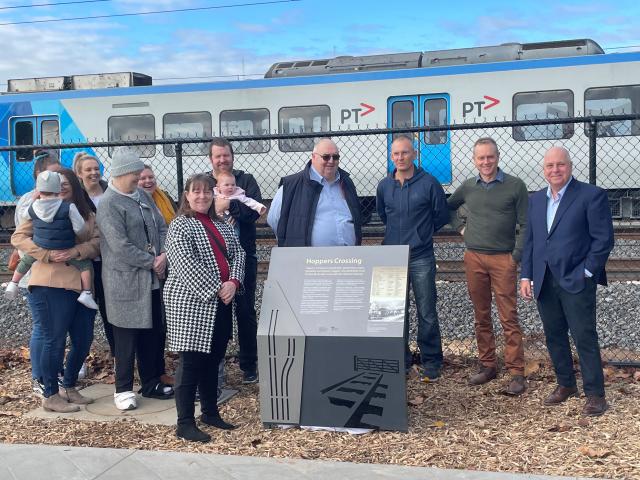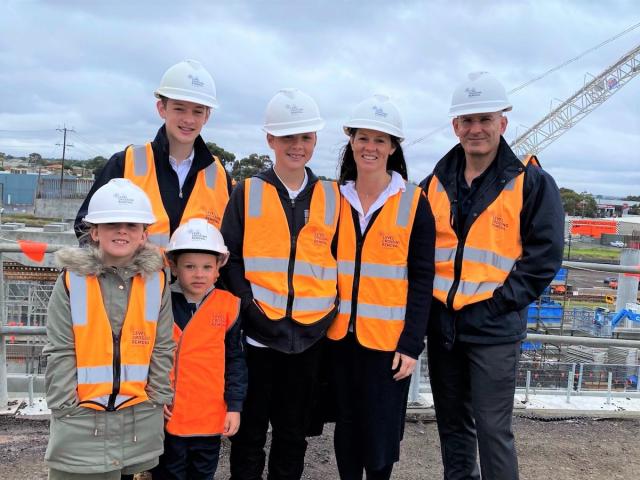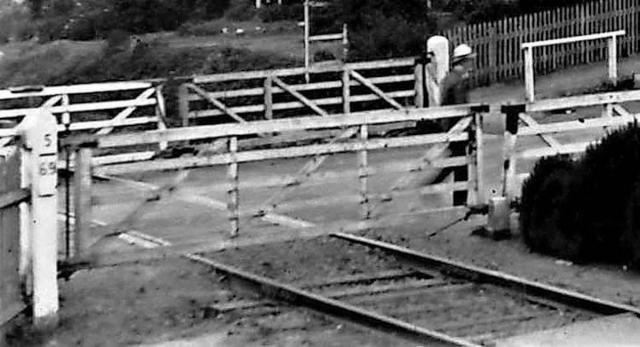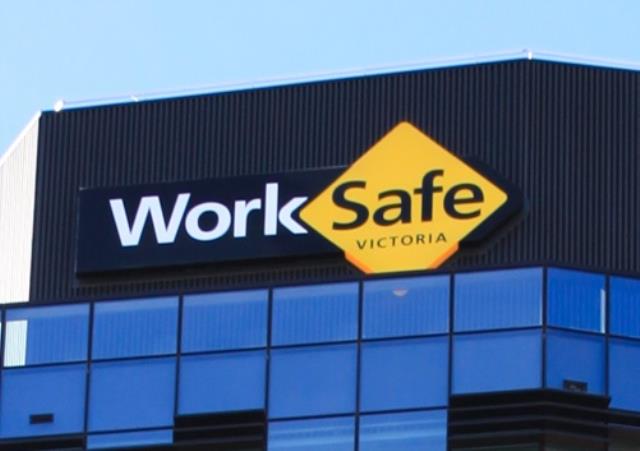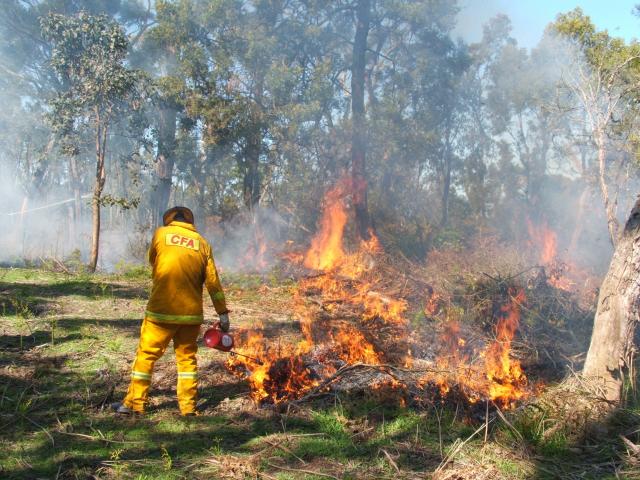Some people have kids, pets or even a boat named after them, but Elizabeth and Stephen Hopper have a whole town named in their honour.
In the nineteenth century the Victorian Railways employed women, usually the wives or daughters of male employees, to work as gatekeepers.
Mrs Hopper was responsible for manually opening and closing the large wooden gates when she lived in 1887.
Her husband conducted maintenance work and the couple devoted more than 60 years of combined service to Melbourne’s railways.
The crossing became known locally as ‘Hoppers Gate’ before gradually evolving to ‘Hoppers Crossing’.
Mr and Mrs Hopper lived with their 11 children in Werribee and in 1911, the community agreed to name the township around the railway, ‘Hoppers Crossing’, in recognition of Hopper family.
The level crossing was removed in December 2021 and replaced with a new road bridge that directly connects to Princes Highway.
A historical marker was recently placed near the site to celebrate the Hopper family and their 140 years of legacy in the area.
Paul Hopper was one of about 15 descendants who attended the unveiling on Saturday, June 18 and said his family was “pretty proud” of their history.
“The fact that we’ve got such a deep connection through the railways means a fair bit to our family,” he said.
“It’s a bit unusual, there wouldn’t be too many townships around where you’ve got a boom gate named after a couple of railway workers.”
“Not anyone of major landholdings or of outstanding significance in any other way, but rather that they served with great loyalty.
“That’s what I see when I see the marker – remembering the people they were, not just the roles that they held,” Mr Hopper said.
Werribee MP Tim Pallas was also in attendance and said the Hopper family would be remembered for their “valuable contribution”.
“We’ve really pleased to celebrate this event and to recognise the historical connection the Hopper family has with this magnificent level crossing, and the community that has built up around the safety and protection they provided, way back in the 19 th century,” he said.

